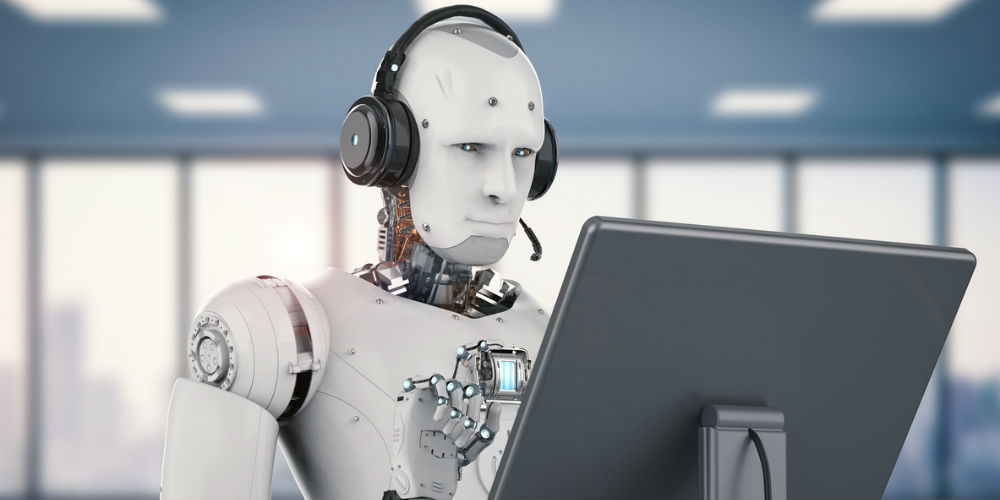OpenAI recently stepped up to the task of teaching a hand to manipulate six-sided cube according to The Verge. For an able human hand, it’s a simple task. Robot designers, on the other hand, have always struggled to design a hand that possesses the natural flexibility and dexterity of our own.
Moving it from one position to another so a specific side was facing up seemed easy enough for the virtual hand, but the real fun came when the designers “began messing with the simulation,” randomizing the cube size, changing the slippery-ness of the cube’s surface, changed the color of the cube’s sides, and messing with the gravity in the simulations. The idea was to force the virtual hand into the complexity and unreliability of real-life situations so that it could function more like a real hand.
Working with the gravity was particularly fun according to OpenAI’s Matthias Plappert, who worked on the project. When Dactyl, the team’s AI system, was controlling a real robot hand, the base of the hand may not be positioned at the same angle each time and a lower angle could make the cube fall out of the hand more easily.
The team began to randomize the angle of gravity within the simulation to teach Dactyl how to work with the variation. “Without this randomization, it would just drop the object all the time because it wasn’t used to it,” says Plappert. This was a lengthy process, however, as the team is trying to give a robot hand 100 years worth of experience using high computing technology that is only accessible in certain research institutes.
Eventually, the robot got the hang of it, with it’s peak number of turns without dropping the cube hitting 50, and it’s average number of turns resting at 13. “This shows that what we humans do for manipulation is very optimized,” says Plappert. “It’s a very interesting moment when you look at a robot trying to solve a problem and you think ‘Oh, hey, that’s how I would do that, too.’”
Smruti Amarjyoti of Carnegie Mellon University’s Robotics Institute reminds us that this is no technological breakthrough in the AI world, but the Dactyl team was able to perform these tasks with the kind of “grace” that we have never seen before. “The end result is highly sophisticated and polished,” said Amarjyoti. “[But] I would consider the biggest achievement of OpenAI in this field would be the engineering coordination that it took and the amount of compute power that was utilized to achieve this feat.”
If you enjoyed this article and want to receive more valuable industry content like this, click here to sign up for our digital newsletters!










Leave a Reply